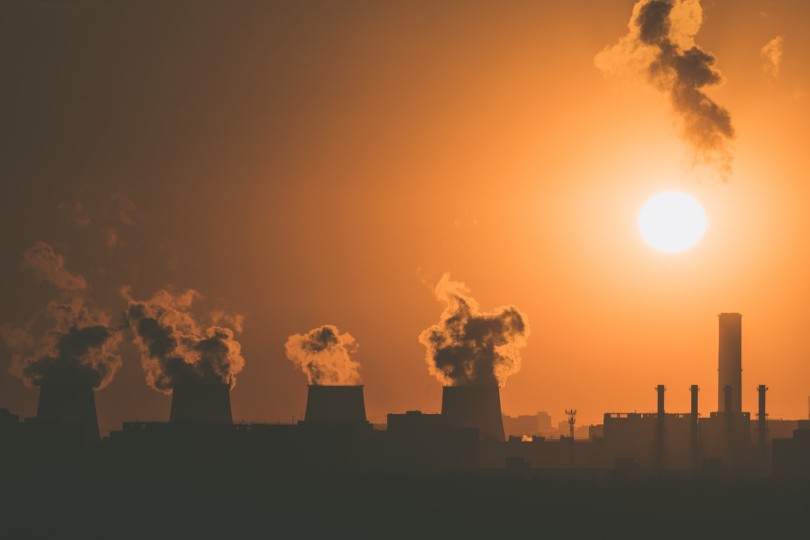How is the UAE encouraging people to rethink DESALINATION?
15 Apr 24
Enviro ChatThe Global News Source for the World of Science and Chemicals
28 March 2022
Enviro Chat
Air quality is a grave concern the world over. As recently as 2019, the World Health Organisation (WHO) stated that some 99% of the global populace are regularly exposed to levels of air pollution that exceed its safety standards. Of course, the situation is more serious in some parts of the planet than others – and the Middle East happens to be one of the most polluted regions on Earth.
That’s largely due to the over-reliance on fossil fuels for much of the region’s wealth and industry, as well as poor uptake of public transport and insufficient environmental policies. The UAE is not exempt from such criticisms, but it is by no means the worst offender in the Arab world. Here’s a rundown of some of the Middle East’s most concerning pollution hotspots.
Iran and Saudi Arabia share the ignominious accolade of being home to half of the top ten most polluted cities in the Middle East. Zabol in Iran is the number one regional hotspot, with Riyadh and Al Jubail in nearby Saudi Arabia numbers two and three. Three cities from Bahrain and two from Afghanistan round out the top ten.
Other notable areas of pollution include Cairo in Egypt, Tehran in Iran and Dubai in the UAE. These cities suffer chiefly from heavy vehicular traffic on their roadways and insufficient or underused public transport networks. The burning of crop stubble, sandstorms and industrial activity are other leading causes of contamination.
It should be noted that this leader board was compiled using data from particulate matter (PM) concentration levels. Although carbon dioxide is one of the most infamous pollutants measured in the air and is believed to have a significant impact on climate change, PM is actually far more damaging from a human health perspective.
For context, the WHO recommends that a “safe” threshold of PM particles no greater than 10 microns in diameter (PM10) is 15µg/m3, which is a 25% reduction from the previous limit of 20µg/m3. However, Zabol suffers from an astonishing average level of 527µg/m3 of PM10 pollution, which is over 35 times the WHO’s revised maximum concentration.
Aware of the concerning state of play, several Middle Eastern governments have made strides towards cleaning up their national airways. In the UAE, for example, much investment has been ploughed into the Dubai Metro and other public transport initiatives. Green energy is also a popular avenue of research and development in the UAE and beyond.
In particular, solar power is an affordable and environmentally friendly means of taking advantage of the Middle East’s generous natural resources. It’s believed that later this year, the cumulative capacity for solar power generation across the region will reach some 8.3GW. This is just one way in which local governments are seeking to wean themselves off oil and gas and transition towards more sustainable methods of energy production
DOWNLOAD PDF

2 Day Seminar Program
@ ArabLab+ 2024
24 & 25 September 2024
Your stay in Dubai
Labkit
Product News
Chemkit
Product News
Thinking about exhibiting at ARABLAB 2024? Watch our video to find out more.
Join the world’s leading organisations…
Join our mailing list and receive the ARABLAB newsletter and event updates.